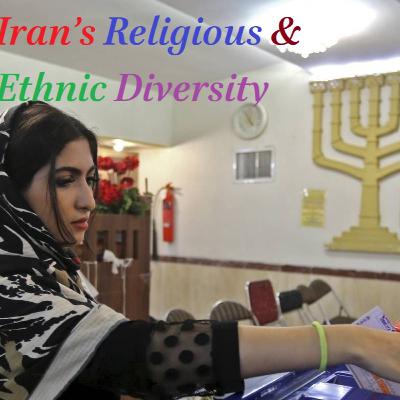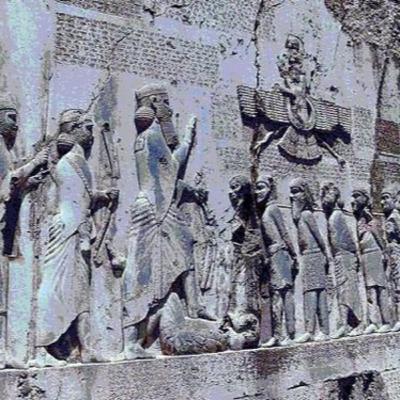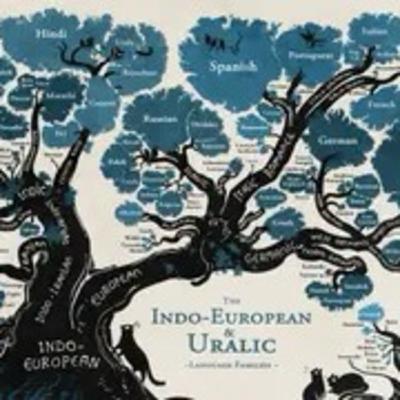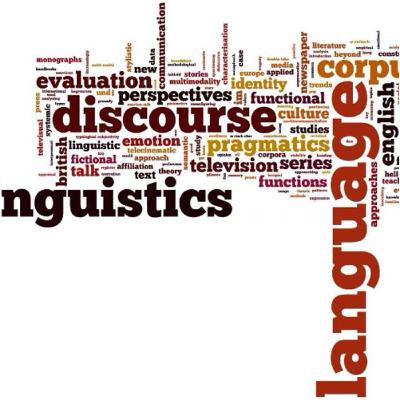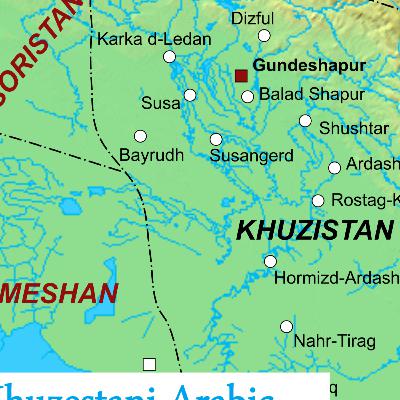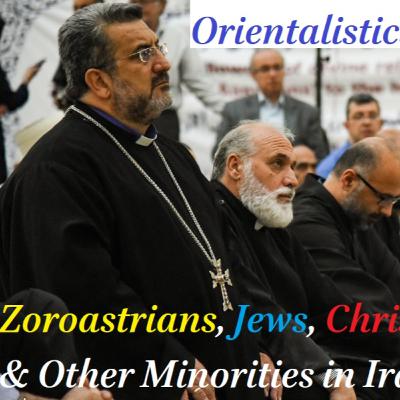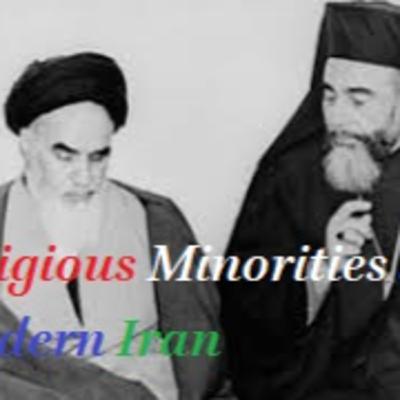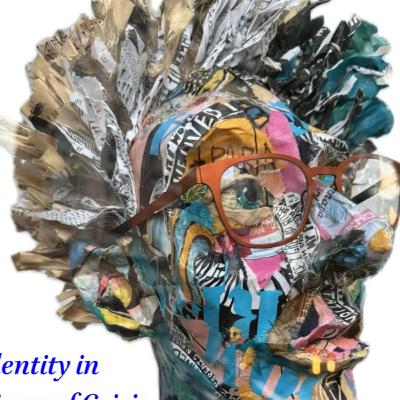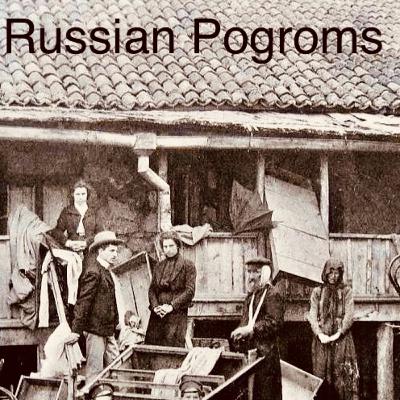An Introduction to Indo-European Linguistics, Part 4
Description
The Indo-European language family, encompassing languages like Greek, Latin, Sanskrit, and Proto-Indo-European, traces its origins to a complex interplay of migrations and cultural exchanges. The Anatolian branch, traditionally thought to have entered the region from Thrace, is supported by recent genetic findings in Bulgaria, revealing steppe ancestry similar to Sredny Stog as early as 4500 BC. This ancestry suggests that Anatolian may have developed from related groups in the region, potentially emerging from a dialect or sister language to Proto-Indo-European.
The Hittite language, a member of the Anatolian branch, shows minimal connection to steppe ancestry, and this is also seen in other instances such as the Etruscans, who spoke a non-Indo-European language despite having a significant steppe genetic component. The historical spread of Indo-European languages is often linked to the influence of power and prestige rather than merely the number of speakers. In some cases, Indo-European languages became dominant as ruling elites imposed their languages over local populations, integrating with them while maintaining their linguistic and cultural identities.
Contemporary theories face challenges, particularly regarding Indo-Iranian languages. The notion that Proto-Indo-Europeans migrated into Iran and subsequently into India contradicts evidence of high steppe ancestry among Indo-Iranians. The Rig Veda, for instance, describes migrating Indo-Iranians with physical traits distinct from the native Dravidians, undermining theories that suggest a late acquisition of steppe ancestry in India.
The Yamnaya culture, a key player in this linguistic evolution, represents a fusion of steppe hunter-gatherers from the Pontic-Caspian region with Caucasian groups, resulting from aggressive expansion rather than peaceful integration. This complex interaction formed a cultural and linguistic unit that spread across Europe and Asia, shaping the diverse Indo-European languages we recognize today.
Here are the earlier forms of the word "wheel" in Old Persian, Latin, Greek, and Sanskrit:
1. **Old Persian**: 𐎲𐎼𐎺 (wawā), transliterated as *wawā*. This term reflects the influence of the Indo-European root in Old Persian. *Cf. English wheel or vehicle or French "voiture"
2. **Latin**: *rota*. This term directly descends from the Proto-Indo-European root *wékʷlos*. Cf. German "Rad"
3. **Ancient Greek**: τροχός (trochós). This term is derived from the same Proto-Indo-European root, reflecting a consistent morphological evolution across Indo-European languages. Cf. English "round"
4. **Sanskrit**: चक्र (cakra). This term represents the concept of a wheel or disk and is derived from the Proto-Indo-European root *wékʷlos*. Cf. English car or Spanish "carro"


